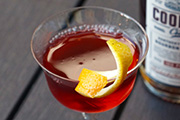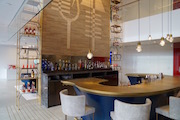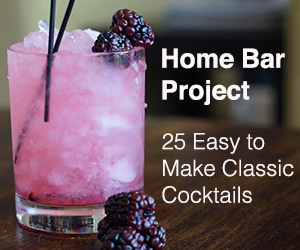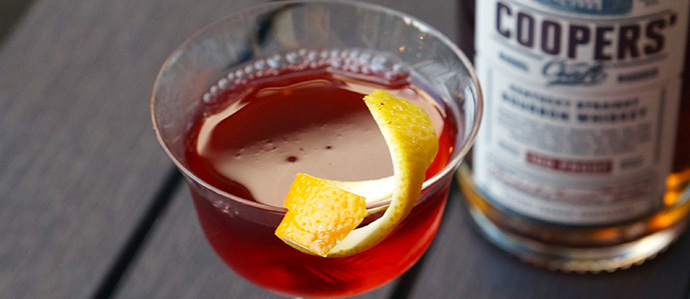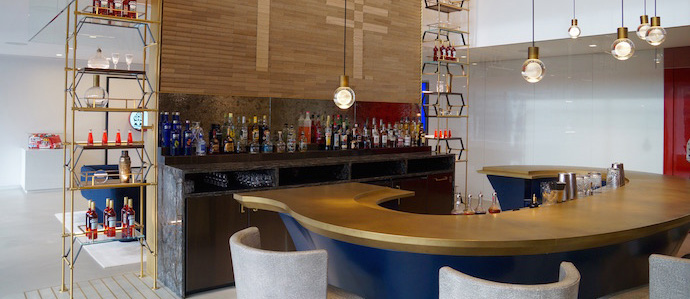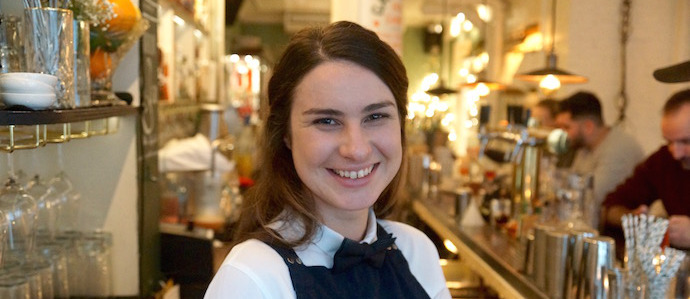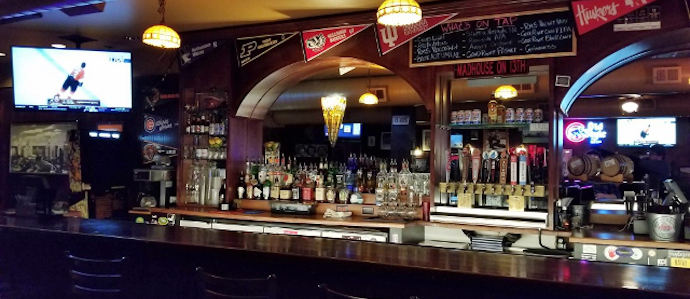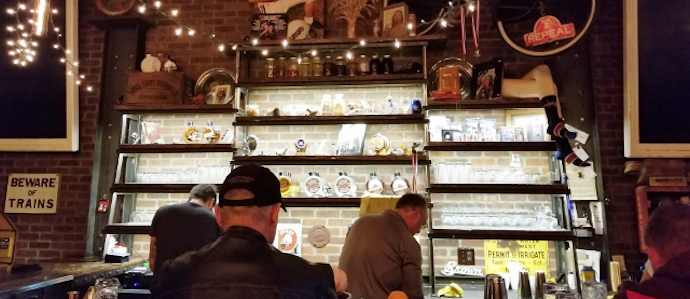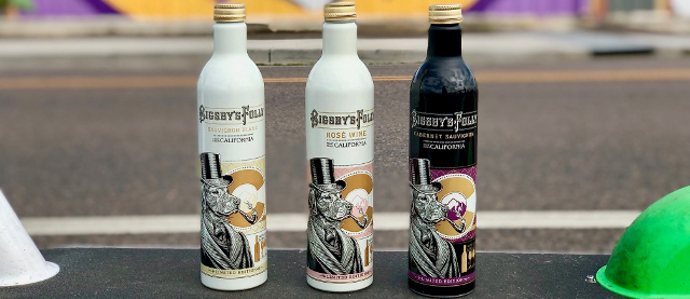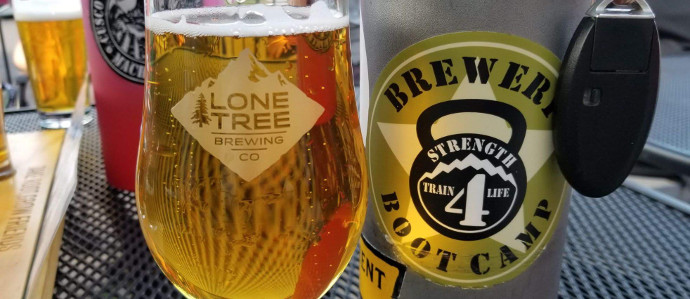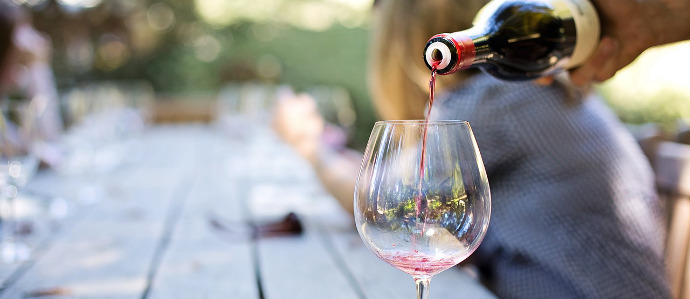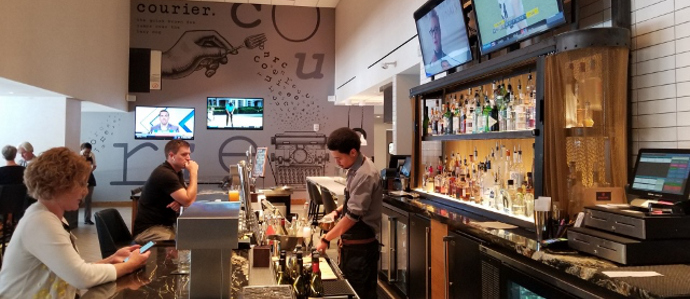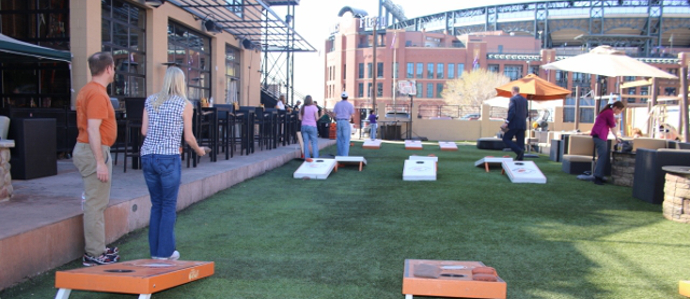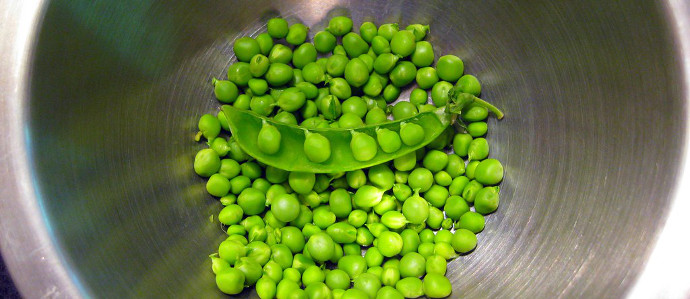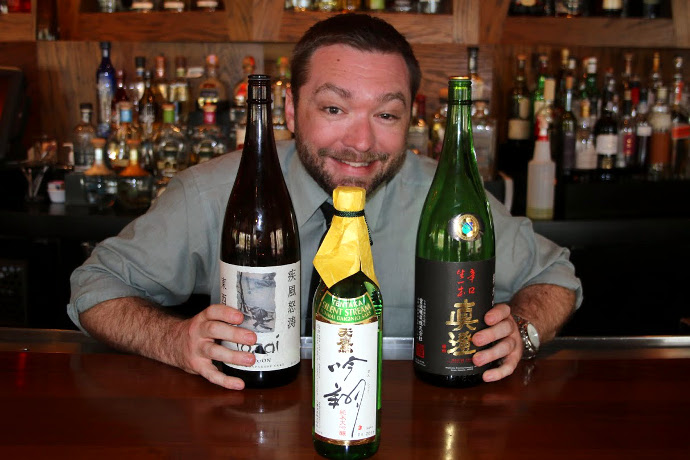 Zengo in Riverfront Park has always offered a unique dining experience. That’s because the menu at Zengo marries the sensual flavors of Latin America with the exotic tastes of Asia. Zengo even means 'Give and Take' in Japanese. A while back, Drink Denver introduced you to the Latin side of Zengo and its many mojitos. This time, we’ll focus our gaze east and learn a little bit about the bar’s sake menu.
Zengo in Riverfront Park has always offered a unique dining experience. That’s because the menu at Zengo marries the sensual flavors of Latin America with the exotic tastes of Asia. Zengo even means 'Give and Take' in Japanese. A while back, Drink Denver introduced you to the Latin side of Zengo and its many mojitos. This time, we’ll focus our gaze east and learn a little bit about the bar’s sake menu.
Bar Manager Jacob Dunn takes us on a tour of Zengo’s sake menu, which features 15 different varieties. Sakes are categorized by how much the grains of rice are milled or polished before brewing. The idea is that the more polished the rice, the more refined the spirit. This process removes the proteins and oils from the outer shell of the rice grain leaving just the starch core, which is needed to produce the alcohol.
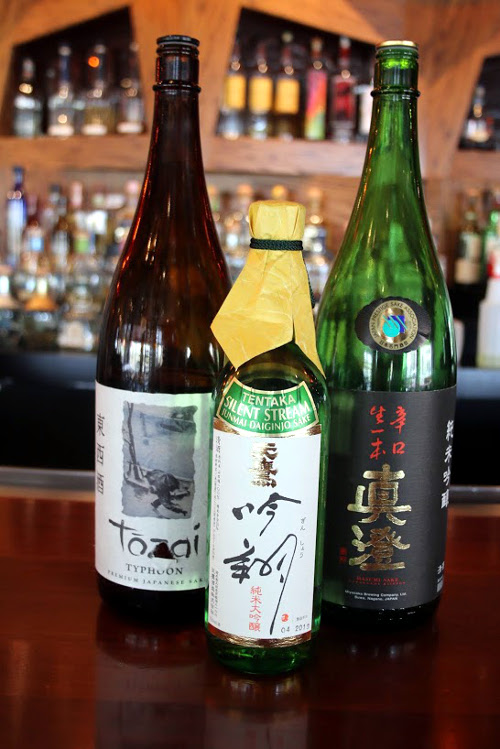
Nigori sake has a cloudy appearance because it is the least polished, and the spirit is unfiltered. Junmai Ginjo is 50-60% polished and Junmai sake is 70% polished. Junmai Dai-Ginjo is a sake that contains 50% polished rice and has a portion of distilled alcohol added to it.
Currently, only two of the bar’s sakes are served by the glass. Tozai Typhoon, which has a nutty taste with a lot of body, Dunn says pairs well with salmon. Masumi, from Nagano, is a Junmai Ginjo sake also available by the glass. Masumi has a very outdoorsy scent, like fresh greenery, and is very crisp and clean tasting.
Most sakes come in 300mL bottles, which serve two people, or 500mL bottles that can serve up to six. The bar’s sakes by the glass come in 750mL bottles, and since sake never goes bad, Dunn can serve these brands one cup at a time. The bar’s most expensive sake is a 720mL bottle of Tentaka Kuni “Silent Stream” from Tochigi that Dunn describes as “delightful.” The menu says Tentaka is “intense and exotic.” The bottle is available for $240.
Dunn adds that while most Americans believe that sake should be consumed hot, or heated, he says that is often not how the Japanese drink it. Heating sake was something done after World War II to make the sake more palatable. Destruction of agricultural lands during the war caused lower quality ingredients, which made lower quality sake. Over time, as quality increased, recent generations had less need to heat it. Heating sake takes away from the tastes and aromas, so Dunn recommends sake should always be consumed chilled.

Dunn recommends pairing most sakes with Zengo’s Asian dishes, but if you want to try something Latin, he suggests pairing a sake with the spicy Achihote Hoisin Pork Arepas. The bar also serves a “sparkling” sake called Hana-Awaka that has a very lively flavor with a hint of bananas.
So for those who want to expand their horizons and partake in a sake sampling, head to Zengo where East meets West on the plate and in the glass.
Kanpai!
Photos by Carrie Dow
Tags:
Dinner,
Spirits
How are we doing? Tell us what you like or don't like and how we can improve. We would love to hear your thoughts!
Zengo in Riverfront Park has always offered a unique dining experience. That’s because the menu at Zengo marries the sensual flavors of Latin America with the exotic tastes of Asia. Zengo even means 'Give and Take' in Japanese. A while back, Drink Denver introduced you to the Latin side of Zengo and its many mojitos. This time, we’ll focus our gaze east and learn a little bit about the bar’s sake menu.




